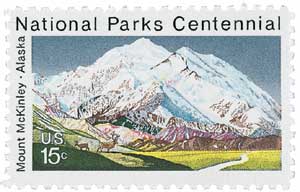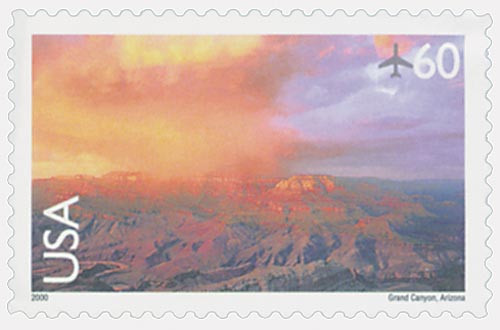
# C137 - 2001 80c Mt. McKinley
2001 80¢ Mount McKinley
Scenic American Landscapes
First City: Fairbanks, Alaska
Quantity Issued: 85,000,000
Printed by: Avery Dennison
Printing Method: Photogravure
Perforation: Serpentine Die Cut 11
Denali National Park And Preserve
The area of the present-day park was hardly habitable 11,000 years ago when bands of Native Americans began to occupy surrounding areas. Tribes including the Koyukon, Dena’ina, Ahtna, Kolchan, Tanana, and Athabaskan were among the earliest and most common. The first people likely entered the park about 7,000 years ago, and the first occupied it seasonally about 5,500 years ago. Harsh winters, frigid winds, and few trees made it difficult for people to survive there during the cold months.
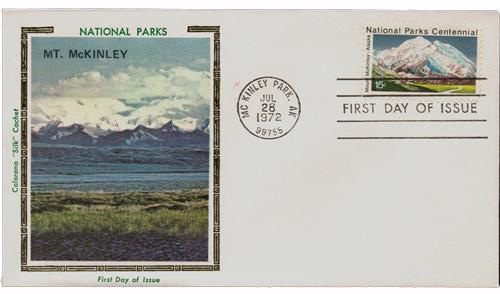
Russia had claimed control of the Alaska area in 1741, but there is little evidence that any Russian explorers ever came within 50 miles of the current park boundaries. In 1867, Alaska became part of the United States through a deal struck by US secretary of state William Seward. Although Western Union Telegraph Expedition of 1865-67 had brought American attention to the Alaska area, its remote location left it relatively unexplored by Americans for several years.
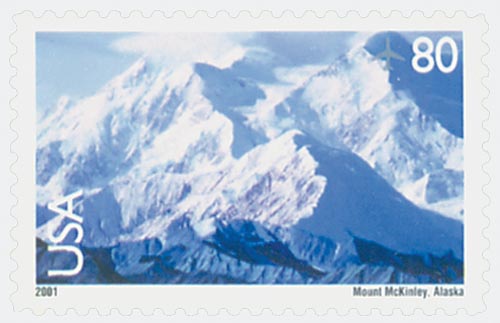
When gold was discovered near Juneau, prospectors began flocking to Alaska. In 1896, prospector William A. Dickey named the mountain after presidential nominee William McKinley. (The native Athabaskans called it Denali, which means “The Great One” or “The High One.”) Dickey had written about a recent trip to the area for The New York Sun and gave a detailed description of the mountain he named. When asked why he named the mountain after McKinley, Dickey stated, “The verbal bludgeoning he had received from free silver partisans had inspired him to retaliate with the name of the gold-standard champion.”
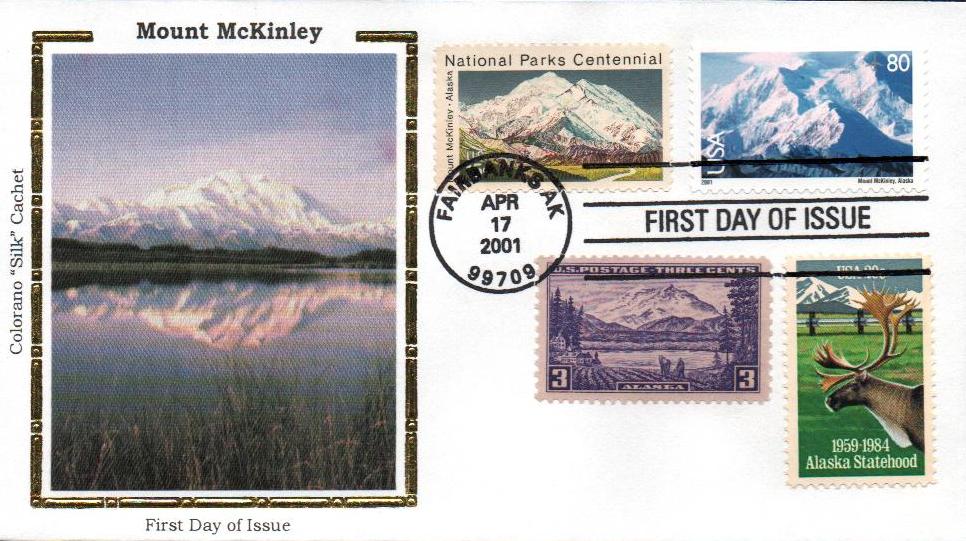
Another gold strike along the Klondike River brought another great influx of prospectors, as well as the US Geological Survey and US Army. The two groups worked together exploring the vast tundra and mountains, mapping routes between the coast and prospecting areas. Between 1898 and 1899, the two groups conducted five expeditions of the countryside surrounding Mount McKinley. Different groups continued to explore this area over the next few years, including the first failed attempt the climb Mount McKinley in 1903. Although climbers did not reach the top, they discovered gold in a nearby creek and created yet another gold rush, bringing a large number of prospectors closer to Denali than ever before.
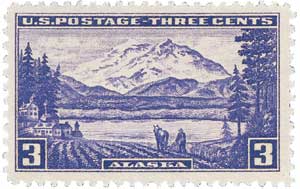
As parties passed through the area, whether for gold, research, or to climb the mountain, they all took note of the scenery and abundant wildlife, with one man calling it “the best game country in America.” James Wickersham, a judge who had been the first to attempt climbing the mountain, may have been one of the first proponents for protecting the area. He stated, “This forest ought to be withdrawn from disposal and preserved for the use of those who shall come after us to explore the highest and most royal of American mountains.”
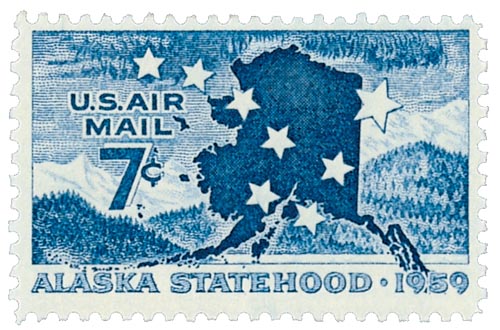
Among the earliest proponents for establishing a park to protect Denali was artist Belmore Browne. The painter and outdoorsman was also a mountaineer who participated in three historic ascents of the mountain in 1906, 1910, and 1912. He worked closely with Charles Sheldon to promote protecting the area. Sheldon first came to the area in 1906 and again the following year to observe the Dall sheep. He was fascinated by them and grew concerned for their safety. On his second trip, Sheldon began mapping out potential park boundaries, including a game refuge. Interestingly, the towering Mount McKinley was not one of his concerns in establishing the park.
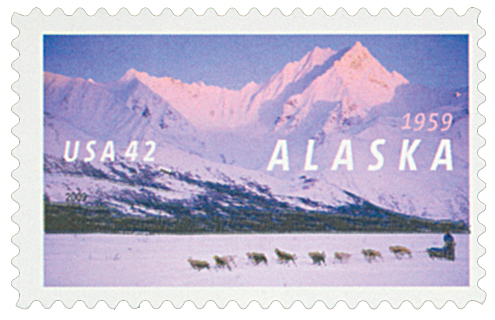
When Sheldon returned to the East Coast in 1908, he urged members of the Boone and Crockett Club to campaign for the park’s establishment. Sheldon and his group lobbied aggressively for several years, but the national park movement was still in its early years and congressional support was hard to come by. The announcement of an Alaskan railroad was both good and bad in Sheldon’s eyes. It meant more visitors could enjoy the scenic beauty, but it also meant more hunters could decimate the remaining wildlife. Sheldon’s club worked harder than ever and gained support from other organizations around the country, and eventually congress. On February 26, 1917, they succeeded and the Mount McKinley National Park was created, although most of the mountain was not actually included within the park area at that time. It was created rather as a wildlife refuge.
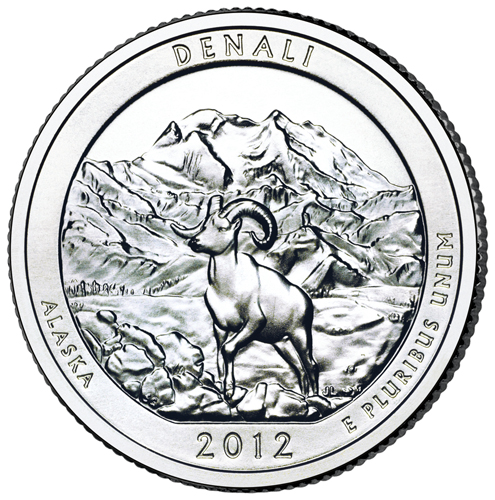
In 1980, the Alaska National Interest Lands Conservation Act added an additional four million acres to the park, making it larger than the state of Massachusetts. That same year, President Jimmy Carter signed the legislation renaming it Denali National Park, reflecting the concerns of locals who thought this name better represented the area’s cultural history.
2001 80¢ Mount McKinley
Scenic American Landscapes
First City: Fairbanks, Alaska
Quantity Issued: 85,000,000
Printed by: Avery Dennison
Printing Method: Photogravure
Perforation: Serpentine Die Cut 11
Denali National Park And Preserve
The area of the present-day park was hardly habitable 11,000 years ago when bands of Native Americans began to occupy surrounding areas. Tribes including the Koyukon, Dena’ina, Ahtna, Kolchan, Tanana, and Athabaskan were among the earliest and most common. The first people likely entered the park about 7,000 years ago, and the first occupied it seasonally about 5,500 years ago. Harsh winters, frigid winds, and few trees made it difficult for people to survive there during the cold months.

Russia had claimed control of the Alaska area in 1741, but there is little evidence that any Russian explorers ever came within 50 miles of the current park boundaries. In 1867, Alaska became part of the United States through a deal struck by US secretary of state William Seward. Although Western Union Telegraph Expedition of 1865-67 had brought American attention to the Alaska area, its remote location left it relatively unexplored by Americans for several years.

When gold was discovered near Juneau, prospectors began flocking to Alaska. In 1896, prospector William A. Dickey named the mountain after presidential nominee William McKinley. (The native Athabaskans called it Denali, which means “The Great One” or “The High One.”) Dickey had written about a recent trip to the area for The New York Sun and gave a detailed description of the mountain he named. When asked why he named the mountain after McKinley, Dickey stated, “The verbal bludgeoning he had received from free silver partisans had inspired him to retaliate with the name of the gold-standard champion.”

Another gold strike along the Klondike River brought another great influx of prospectors, as well as the US Geological Survey and US Army. The two groups worked together exploring the vast tundra and mountains, mapping routes between the coast and prospecting areas. Between 1898 and 1899, the two groups conducted five expeditions of the countryside surrounding Mount McKinley. Different groups continued to explore this area over the next few years, including the first failed attempt the climb Mount McKinley in 1903. Although climbers did not reach the top, they discovered gold in a nearby creek and created yet another gold rush, bringing a large number of prospectors closer to Denali than ever before.

As parties passed through the area, whether for gold, research, or to climb the mountain, they all took note of the scenery and abundant wildlife, with one man calling it “the best game country in America.” James Wickersham, a judge who had been the first to attempt climbing the mountain, may have been one of the first proponents for protecting the area. He stated, “This forest ought to be withdrawn from disposal and preserved for the use of those who shall come after us to explore the highest and most royal of American mountains.”

Among the earliest proponents for establishing a park to protect Denali was artist Belmore Browne. The painter and outdoorsman was also a mountaineer who participated in three historic ascents of the mountain in 1906, 1910, and 1912. He worked closely with Charles Sheldon to promote protecting the area. Sheldon first came to the area in 1906 and again the following year to observe the Dall sheep. He was fascinated by them and grew concerned for their safety. On his second trip, Sheldon began mapping out potential park boundaries, including a game refuge. Interestingly, the towering Mount McKinley was not one of his concerns in establishing the park.

When Sheldon returned to the East Coast in 1908, he urged members of the Boone and Crockett Club to campaign for the park’s establishment. Sheldon and his group lobbied aggressively for several years, but the national park movement was still in its early years and congressional support was hard to come by. The announcement of an Alaskan railroad was both good and bad in Sheldon’s eyes. It meant more visitors could enjoy the scenic beauty, but it also meant more hunters could decimate the remaining wildlife. Sheldon’s club worked harder than ever and gained support from other organizations around the country, and eventually congress. On February 26, 1917, they succeeded and the Mount McKinley National Park was created, although most of the mountain was not actually included within the park area at that time. It was created rather as a wildlife refuge.

In 1980, the Alaska National Interest Lands Conservation Act added an additional four million acres to the park, making it larger than the state of Massachusetts. That same year, President Jimmy Carter signed the legislation renaming it Denali National Park, reflecting the concerns of locals who thought this name better represented the area’s cultural history.










